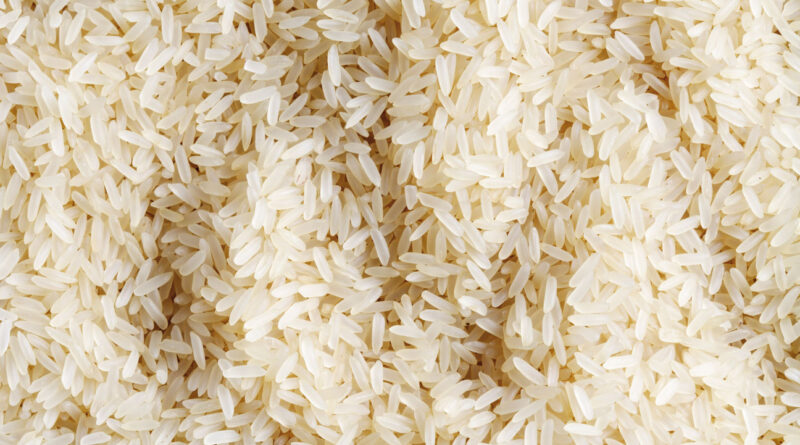Govt may relax export ban on non-basmati white rice amid surplus, says Pralhad Joshi
By Dhirendra Kumar, Subhash Narayan
The Indian government is looking at relaxing its year-old export ban on non-basmati white rice amid surplus stock and a significant surge in paddy sowing, said union minister for consumer affairs, food and public distribution Pralhad Joshi. The ban, which took effect on 20 July 2023, was brought in to ensure the country had sufficient stock for domestic consumption and to cool prices.
A potential easing of the ban would benefit farmers, traders and exporters who have been seeking a relaxation to capitalise on the high global demand for Indian rice. The decision will also bring relief to rice-consuming nations that have been asking the Indian government to ease the ban.
Currently, basmati rice can be exported only above a floor price, while parboiled rice attracts a 20% export duty, and non-basmati and broken-rice exports are completely prohibited.
“We all know what happened due to El Niño last year. But in spite of that we were able to keep food inflation well under control,” Joshi said at an Mint event on Tuesday. “Despite the expected negative impact of the weather phenomenon, our paddy/rice production was robust last year. There is now a demand to allow exports of non-basmati rice, where restrictions were put in place last year keeping the ill effects of El Niño in mind,” the minister said.
“We are now thinking whether to allow such exports as the country has sufficient food grain stocks [and enough]] to fulfill the needs of other countries as well,” he added.
Mint reported on 6 August that the ban on exporting non-basmati white rice may be lifted in view of bountiful rains and improved paddy cultivation this year. Mint also reported about swelling stocks on 9 July and how a bountiful harvest could prompt the government to relax curbs on rice exports.
Non-basmati white rice exports plunge 78%
The export restrictions have affected India’s trade arithmetic as well. Rice exports during April-June fell by nearly 34% to 3.2 million tonnes (mt) after the export of non-basmati white rice was restricted last July. According to commerce ministry data, exports of non-basmati white rice plunged 78% to about 300,000 tonnes, while broken rice exports fell by 8% to 300,000 tonnes and parboiled rice exports dropped 11% to 1.5 mt.
Vijay Setia, former president of the All India Rice Exporters Association, said, “By banning rice exports, the government has successfully controlled ‘rice inflation’, and now it’s time to re-evaluate the policy in the changing scenario of comfortable rice availability.”
According to the latest data from the agriculture ministry, the paddy sowing area increased by 16% to 39 million hectares, and pulses sowing area increased by 7% to 12 million hectares as of 23 August.
In an interview to Mint, Niti Aayog member Ramesh Chand had said the increase in paddy sowing and comfortable buffer stock had eased concerns about rice shortages. “I feel the supply side of rice is not worrisome. It’s a comfortable situation. So, even if the ban is removed at this time, I think excess quantities will not leave the country,” Chand said, adding that rice prices have moderated in India and abroad.
In FY24, India exported a total of 15.7 mt of rice, including 2.36 mt of non-basmati white rice, 545,000 tonnes of broken rice and 7.57 mt of parboiled rice, against 21.8 mt in FY23. India is the second-largest producer of rice after China and the largest exporter globally, contributing at least 40% to the global trade before the export curbs were imposed.
This article has been republished from The Livemint.

